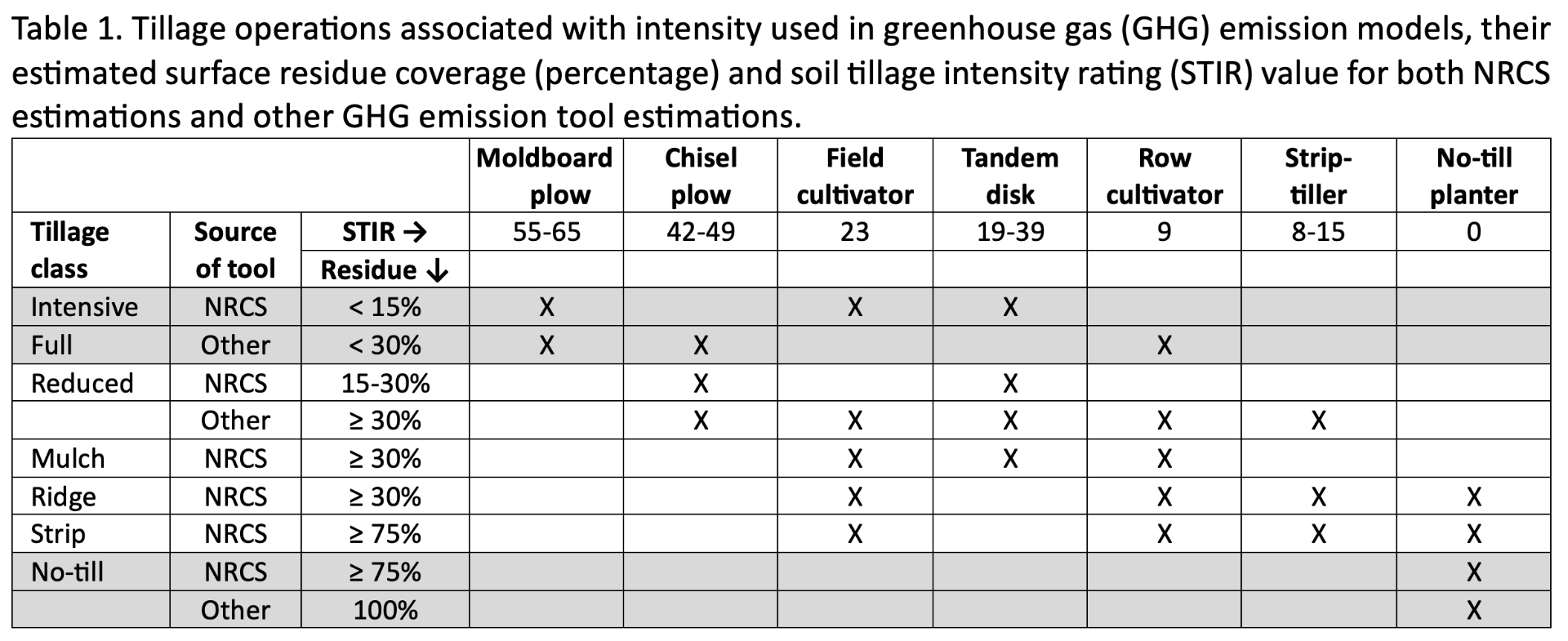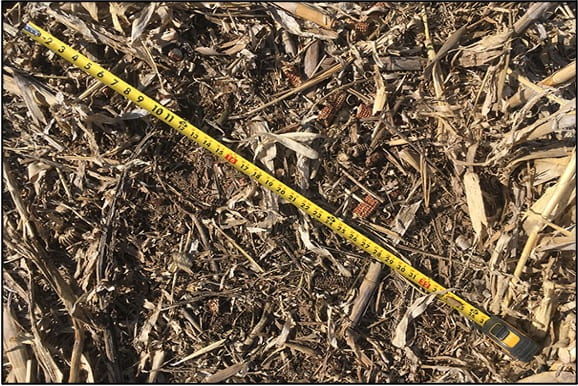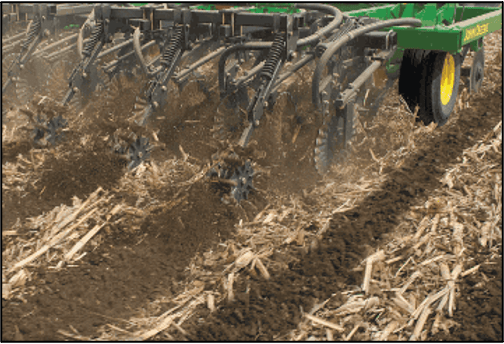Vipan Kumar1, Lynn Sosnoskie2, Mike Hunter3, Mike Stanyard4
1School of Integrative Plant Sciences -Soil and Crop Sciences Section, Cornell University, Ithaca, NY 14853, 2School of Integrative Plant Sciences – Horticulture Section, Cornell AgriTech, Geneva, NY 14456, 3Cornell Cooperative Extension North County Regional Ag Team, 4Cornell Cooperative Extension Northwest New York Dairy, Livestock, and Field Crops Program
With recent rainfall events and a new flush of summer annual weeds, NY producers are busy applying postemergence herbicide applications in row crops. If you have planted dicamba-tolerant soybeans and are planning for postemergence applications of dicamba-containing products (Xtendimax, Engenia, or Tavium), the following points need to be considered.
-
- Xtendimax, Engenia and Tavium are the only dicamba-containing products that are labelled in dicamba-tolerant soybeans (Roundup Ready 2 Xtend or XtendFlex soybeans).
- Be sure of your trait technology! Do not confuse Xtend traits with Enlist traits. Enlist traits provide crop resistance to 2,4-D but not to dicamba.
- As per the revised labels in 2021, the legal last day of postemergence applications of Xtendimax, Engenia and Tavium in dicamba-tolerant soybeans is June 30.
- Only certified applicators with dicamba training are allowed to apply these products.
- Spray records need to be created within 3 days of applications of these products and should be maintained for 2 years. (Note: In New York State all applications of restricted use pesticides must be maintained for at least three years)
- An approved drift reduction agent (DRA) and volatility reduction agent (VRA) should be included.
- Only approved nozzles and tank-mix partners should be used for these products.
- Wind speed at boom height should range from 3 to 10 miles per hour at the time of application.
- As per the labels, maximum ground speed of sprayer should not exceed 15 miles per hour and maximum boom height above target pest or crop canopy should not exceed 24 inches.
- Survey surrounding fields ahead of dicamba applications for sensitive crops (e.g., grapes, fruit trees, snap beans, fruiting vegetables (e.g., tomatoes, peppers), soybeans without dicamba-tolerance trait technology, etc…).
- DO NOT apply these products if sensitive crops are in a downwind field or a run-off producing rain event is in the forecast in the next 48 hours.
- After determining no adjacent sensitive crops are downwind, maintain a 240-feet downwind buffer.
- Stop spraying if winds change direction towards sensitive crops.
- DO NOT apply dicamba products during temperature inversions. Only spray between one hour after sunrise and two hours before sunset.
- Ensure the entire sprayer system is properly cleaned before and after dicamba applications are made.
- Applicator should consult Bulletins Live Two website to make sure no endangered species will be affected by these dicamba applications.
Disclaimer: Brand names appearing in this publication are for product identification purposes only. Persons using such products assume responsibility for their use in accordance with current label directions of the manufacturer.






